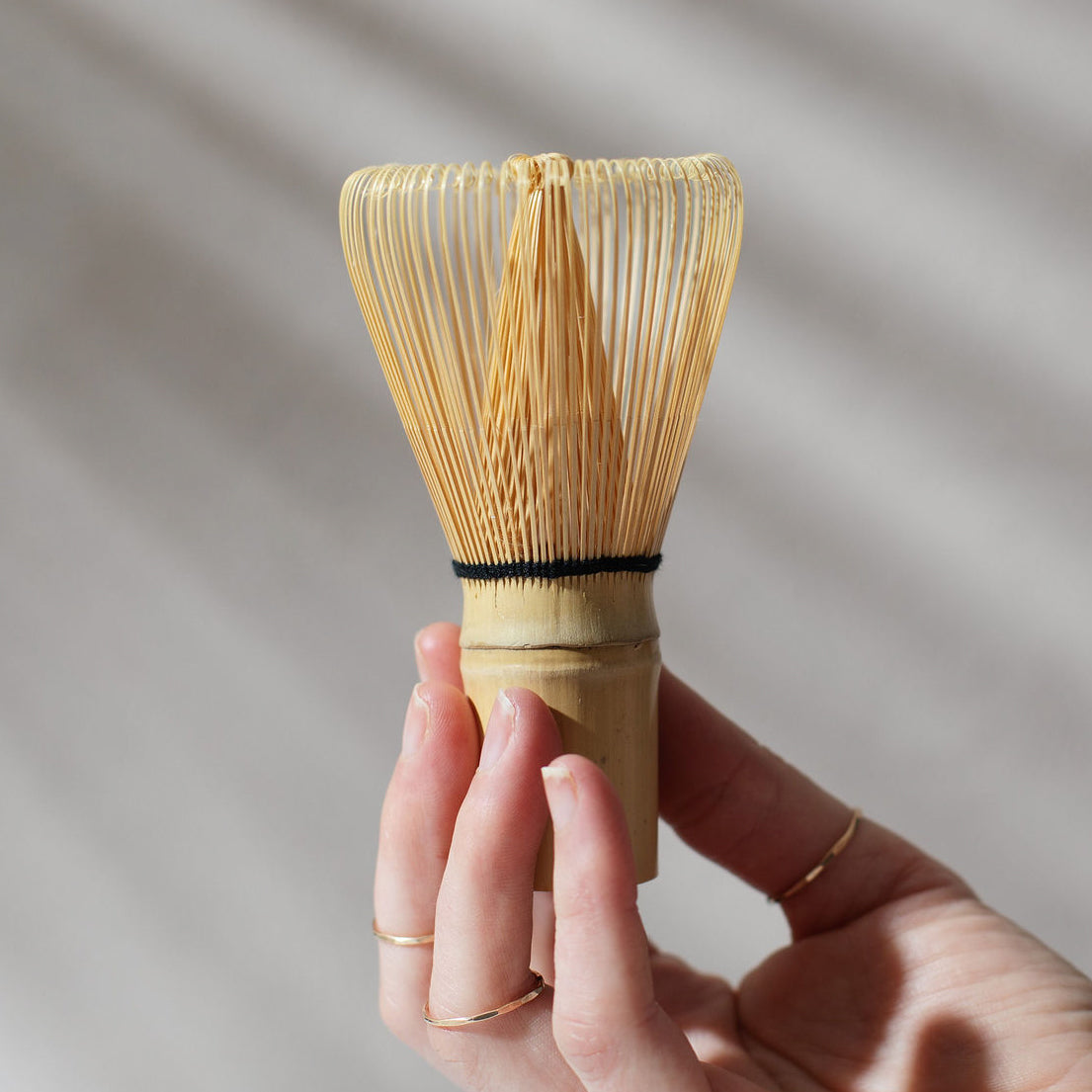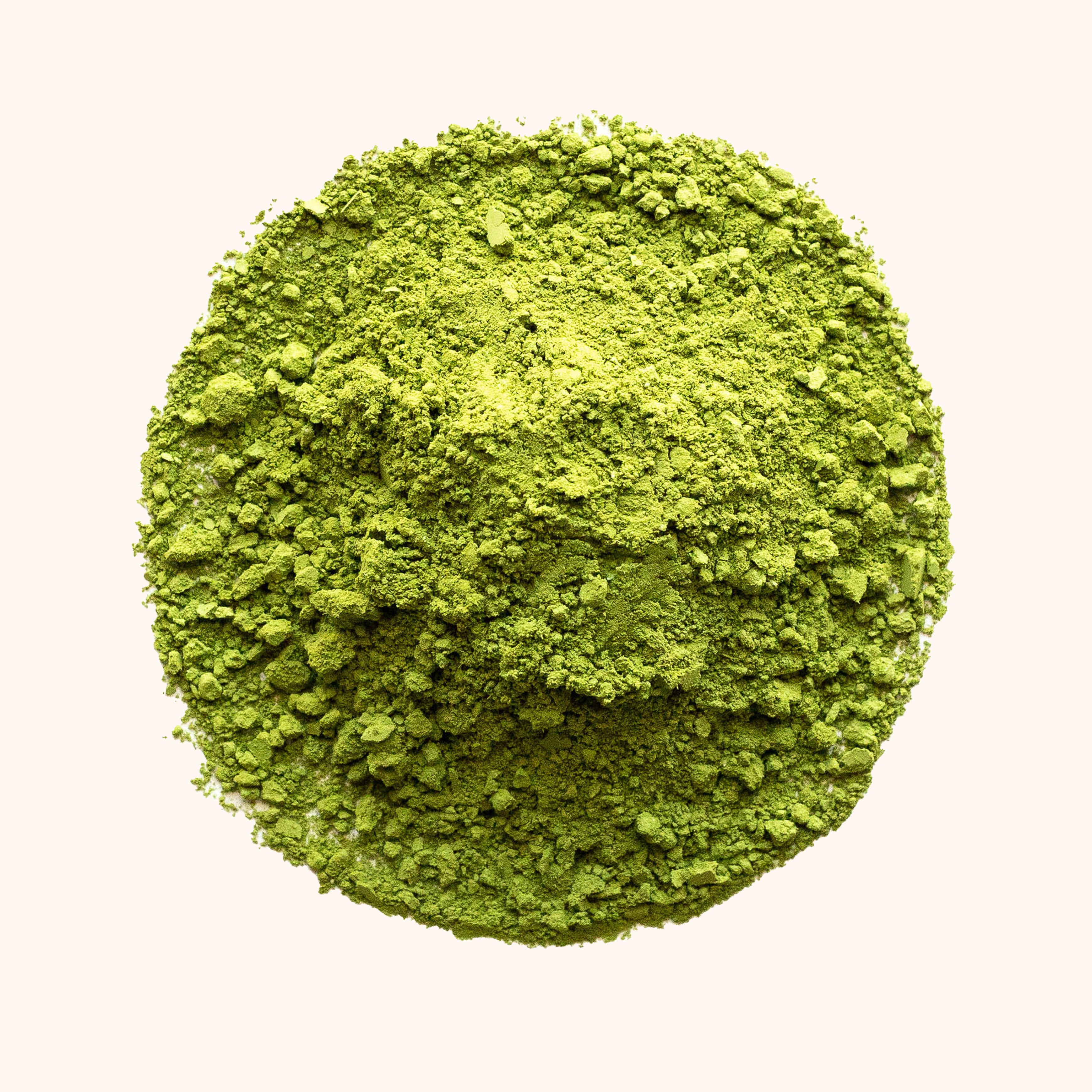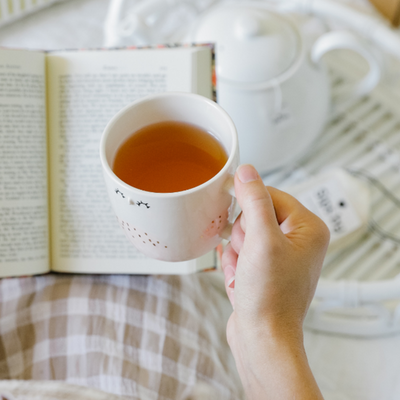
Tea has been an important part of culture for centuries and has a place in many ceremonies. Popular traditional tea rituals include British afternoon tea, Moroccan tea, Russian Zavarka, and the Japanese tea Ceremony.
Whether you’re looking to get in touch with your cultural roots or just paying homage to the origins of your favorite tea, it’s important to know the details of a culture’s tea rituals. To help, we’ve put together the ultimate guide on the art of a Japanese tea ceremony.
Sips by is the #1 rated tea club. Made by tea lovers for tea lovers, our personalized tea discovery box matches you with 4 new premium teas chosen from thousands of top-rated teas based on your unique taste preferences. Learn more about our tea of the month club.
History of Japanese Tea
Tea drinking was first popular in China, where Buddhist monks would drink tea to keep awake during their meditations. As commerce and travel drew the world closer together, the practice of tea drinking made its way over to Japan in the 8th century.
The Japanese tea ceremony originated in the 16th century as a way for the elite members of society to socialize and connect. The Japanese greatly revered Chinese culture at the time and at first used Chinese utensils for the ceremony.
However, tea masters introduced rustic ceramics into the ceremony a few decades later. These ceramics were unrefined and artless, exemplifying an artistic value of imperfection and simplicity known as wabi-sabi.
Tea master Sen No Rikyū was influential in the evolution of the Japanese tea ceremony. Rikyū wanted the tea ceremony to be more elegant and intimate. To do this, he made the tea rooms smaller and included flower arrangements on the tables. Now, these elements are integral to Japanese tea culture.
At first, the Japanese tea ceremony was exclusive to upper-class citizens. However, during the Muromachi period (from 1333 to 1573), the practice became popular among even the lower classes.
What is the Tea Ceremony?
The traditional Japanese tea ceremony is called chanoyu, which means “hot water for tea.” It is also sometimes called chado or sado, which both mean “the way of tea.”
The tea ceremony represents four essential elements of Japanese culture: wa (harmony), kei (respect), sei (purity), and jaku (elegance). These four elements combine to create an experience dedicated to intention and enlightenment.
Since it originated in Zen Buddhism, Chanoyu has a spiritual connotation. Practitioners of the ancient art strive to be one with others and with nature, achieving inner peace and true spiritual cleansing. Some versions of the tea ceremony involve the guests sharing a single tea bowl, representing unity and respect.
Rather than steep tea leaves, practitioners of the Japanese tradition prepare powdered green tea, also known as matcha tea. However, the tea itself is arguably the least important element of the Japanese tea ceremony.
If you’re looking to host a Japanese tea ceremony, we recommend Baahtcha Matcha Organic Ceremonial Matcha. This matcha is ceremonial grade and made with only handpicked tea leaves.
-
 Sold out
Sold out -
 Sold out
Sold out -
 Sold out
Sold out
Elements of a Japanese Tea Ceremony
There are four main artistic elements of a Japanese tea ceremony. From the cultivation of nature to the exact movements used to prepare the tea, the entire ceremony is an art of the highest form and requires exactness and intentionality.
The Tea Garden
The first element presented in a Japanese tea ceremony is the tea garden. The concept of wabi emphasizes simplicity, which must be exemplified in the layout and cultivation of the garden.
Traditional Japanese tea gardens are simple and rustic to encourage tranquility and peace. These gardens use evergreens, earth-colored plants, and a bed of moss or soft grass to set guests at ease. You won’t see any brightly colored and strong-smelling flowers because they break the flow of peace and can distract guests.
There is typically an uneven stone walkway that leads up to the tea house itself, where a stone basin sits outside for guests to wash their hands. There should also be a stone lantern right outside the tea house to indicate the entrance.
If the host is incredibly minimalist, you may see a zen garden instead of a traditional tea garden. A zen garden typically consists of sand or fine gravel, which is raked in a particular pattern. You may see a few strategically placed rocks, but it depends on the gardener.
The Tea Room
Once the guests walk through the garden, they enter the tea room. Also known as the chashitsu or sukiya, the entrance is sometimes lowered so guests have to bend down to enter. This signifies equality.
The tea room typically includes a decorated alcove called a tokonoma, displaying flowers and other decorations. The tea room is redecorated for every tea gathering, depending on the tone the host wants to set.
The tea room itself is built with simplicity. The room was often a separate building with a thatched roof, earthen walls, and rustic wood columns.
A traditional tea house is small and has a tatami mat floor. Decorations include Japanese flower arrangements (an art known as ikebana), hanging scroll paintings that showcased scenic countrysides or elegant calligraphy, and incense jars.
Tea Utensils
The first tools required to make ceremonial matcha tea are the bowls used to serve the tea. These bowls are called chawan and can be made out of porcelain, metal, or even wood – the material is often chosen to fit the host’s decoration.
Chawan should be simple and rustic to embody the Japanese principles of wabi. They should also be antique, exhibiting signs of use and wear. This antique patina is referred to as sabi.
Drinking from a bowl of tea may seem strange to you, but it is part of the Japanese tradition. To stay true to the wabi-sabi way, we recommend using our Pastel Glaze Matcha Bowl. This bowl is lightly glazed and wonderfully irregular to embody the values of traditional Japanese tea culture.
There should also be a tea caddy, called a chaire or natsume, used to store tea. Some teas are stored in silk pouches, and some are stored in porcelain jars, depending on the type of Japanese ceremony conducted.
Other important tea utensils include a kettle (kama), a water jar (mizusashi), a tea whisk (chasen), and a tea cloth (chakin).
Procedure
The actual procedure of tea making can vary, as many tea schools were established that each taught their own version of the Japanese tea ceremony. However, one thing that remains the same within each school is that the host should be the one to prepare the tea. This helps to foster an environment of intimacy.
The host should make the ceremonial tea with reserved, graceful movements. The host should keep their movements to a minimum, using only the precise movements needed to make the tea.
The host and guests should be silent throughout the tea-making process. The host has all tea utensils in full view when the guests arrive.
First, the tea caddy and tea scoop (chashaku) are cleaned with the tea cloth. Then, a small amount of hot water should be poured into the tea bowls using a ladle (hishaku). The host should then add the matcha, then fill the rest of the bowls with hot water.
The host should use the bamboo whisk to whisk the mixture into a frothy tea, which they will then serve to the guests alongside traditional Japanese sweets. The guests should eat the sweets first, then drink the tea with reserved sips.
Once the tea is gone, the host should clean the utensils and place them out of sight. However, the host may reserve some of the finer utensils and place them back into view for the guests to admire. Once the implements are cleaned, the ceremony is officially concluded.
Japanese Tea Etiquette
Aside from the procedures and elements of the Japanese tea ceremony, it’s important to use the right tea etiquette. Here are a few tips to ensure your tea etiquette is up to par.
Dress
Traditionally, participants would wear an understated kimono. Kimonos are still an accepted form of dress, but you can also wear Western dress if you prefer it. Avoid flashy colors, patterns, and materials if you'd like to incorporate Western clothes.
You should avoid jewelry in a traditional setting because the tea sets are often antiques and can be easily damaged. In this case, the jewelry includes earrings, necklaces, rings, watches, hats, and bracelets.
You should also avoid makeup, perfumes, and colognes that carry strong scents. A strong scent can mask the tea scent and distract other guests, which is highly frowned upon. The purpose of the tea ceremony is to be free of distractions while enjoying the subtle art of tea, so it’s best to keep your attire simple.
Seating
Upon entering the tea room, the host should take the seat closest to the decorated alcove. The other guests should seat themselves in a sieza position on the tatami floor.
The sieza seating position involves tucking your legs at your knees with your hands folded over your lap. Once seated, guests should bow before reviewing the decorations of the room.
Drinking
The host should present their guests with their bowls of tea, which should be turned so that the front faces the guest. The “front” of the bowl is whichever side the host deems most attractive and faces the guest as a gesture of honor and respect.
When drinking from the tea bowl, guests should make sure their bowls face the host to return the favor. When finished, the guests should also make a point to admire the tea bowls themselves.
Wrap It All Up
The tradition of the Japanese tea ceremony is deeply rooted in Zen Buddhism but over time has evolved to become a standalone art form. From the surrounding scenery to the presentation of the tea itself, this cultural ritual is all about the details.
Embrace the rich cultural roots of your favorite tea by paying homage to its traditional origins. If you’d like to host your own tradition-minded Japanese tea ceremony, our Matcha Tea Box can help you build your Japanese tea collection.
Sources:
Japanese Tea Ceremony | Coastline College
Interested in trying these teas and others? Subscribers receive 4 teas chosen just for them in every box. Learn more about our tea subscription box or explore the loose leaf tea shop.
About Sips by: We’re a female-founded and led startup that makes discovering tea fun, personalized, and affordable. The Sips by Box is the only multi-brand, personalized tea subscription box. Each month, we match tea drinkers across the U.S. with delicious teas from over 150 global tea brands that we’re sure they’ll love. Based out of Austin, Texas, we are adept at savoring a hot mug even when it’s seasonally inappropriate.





